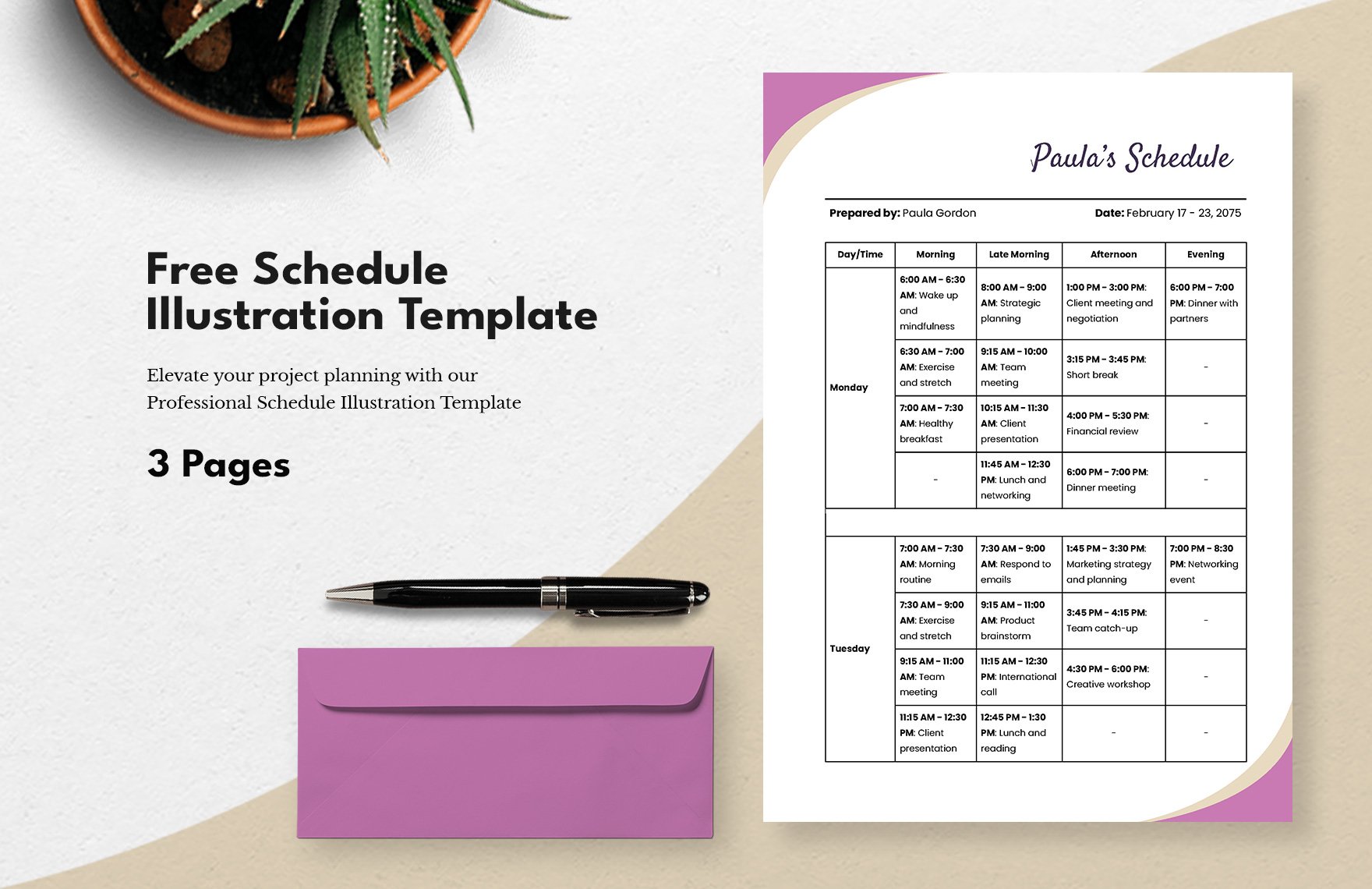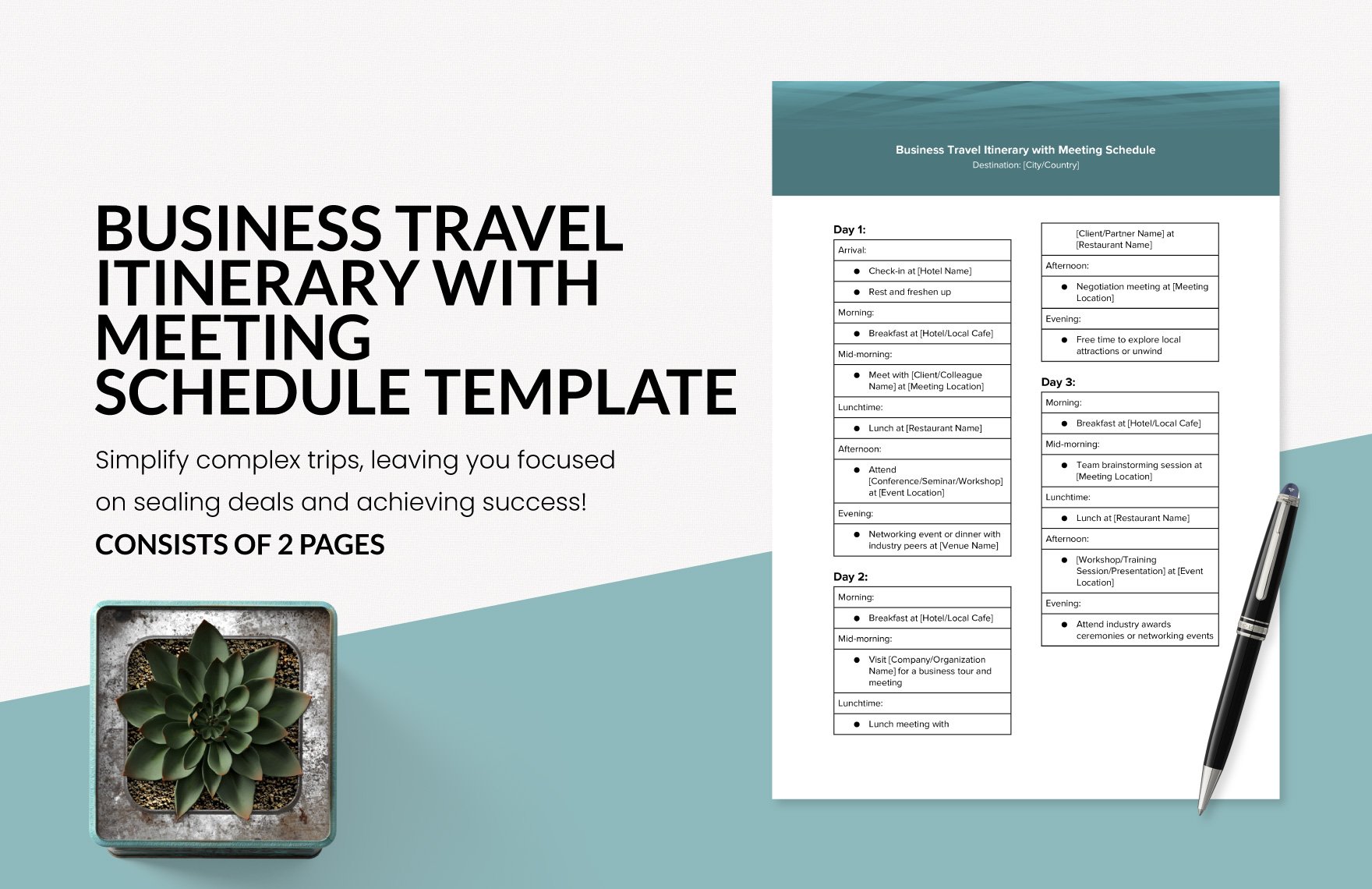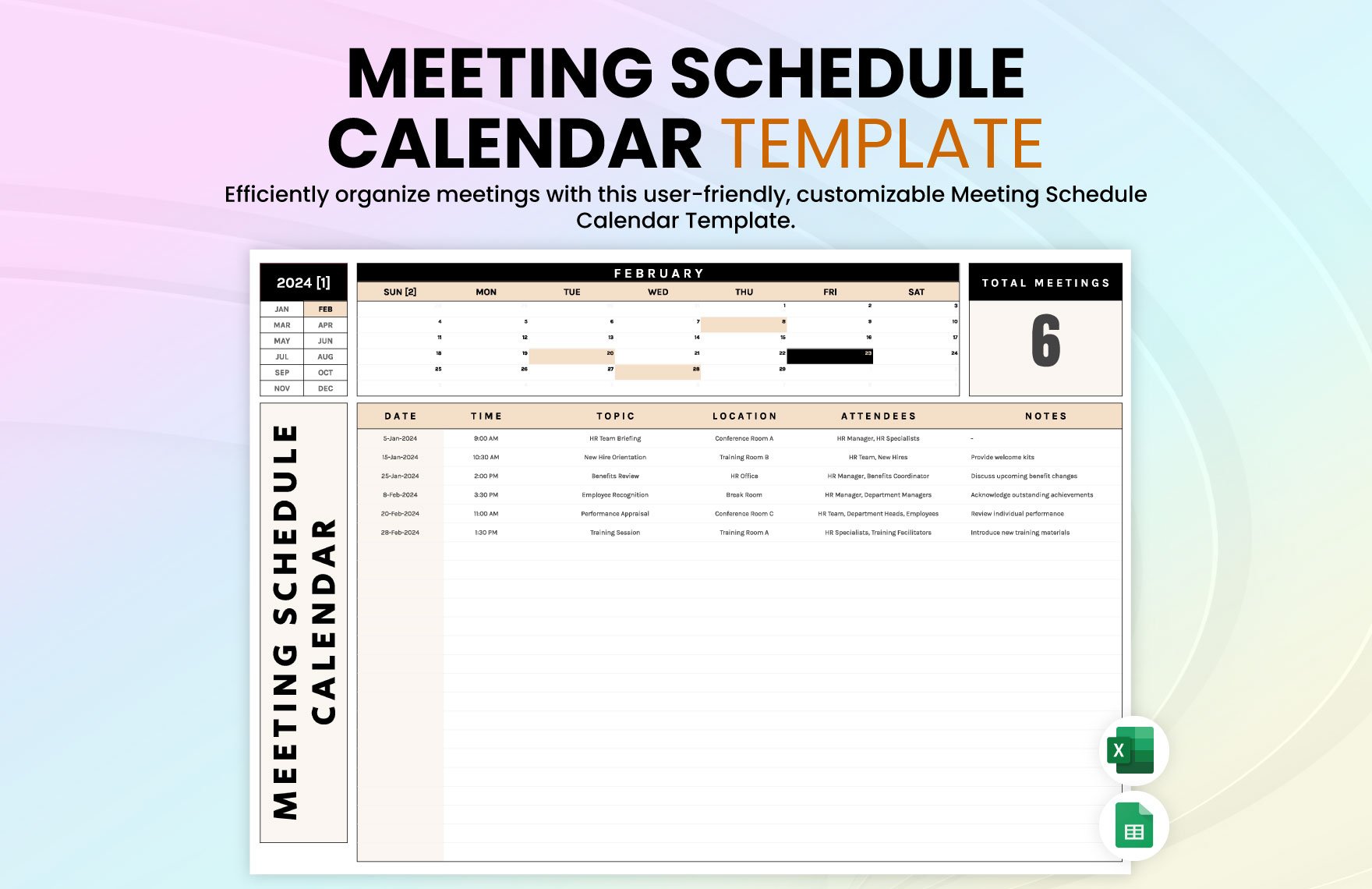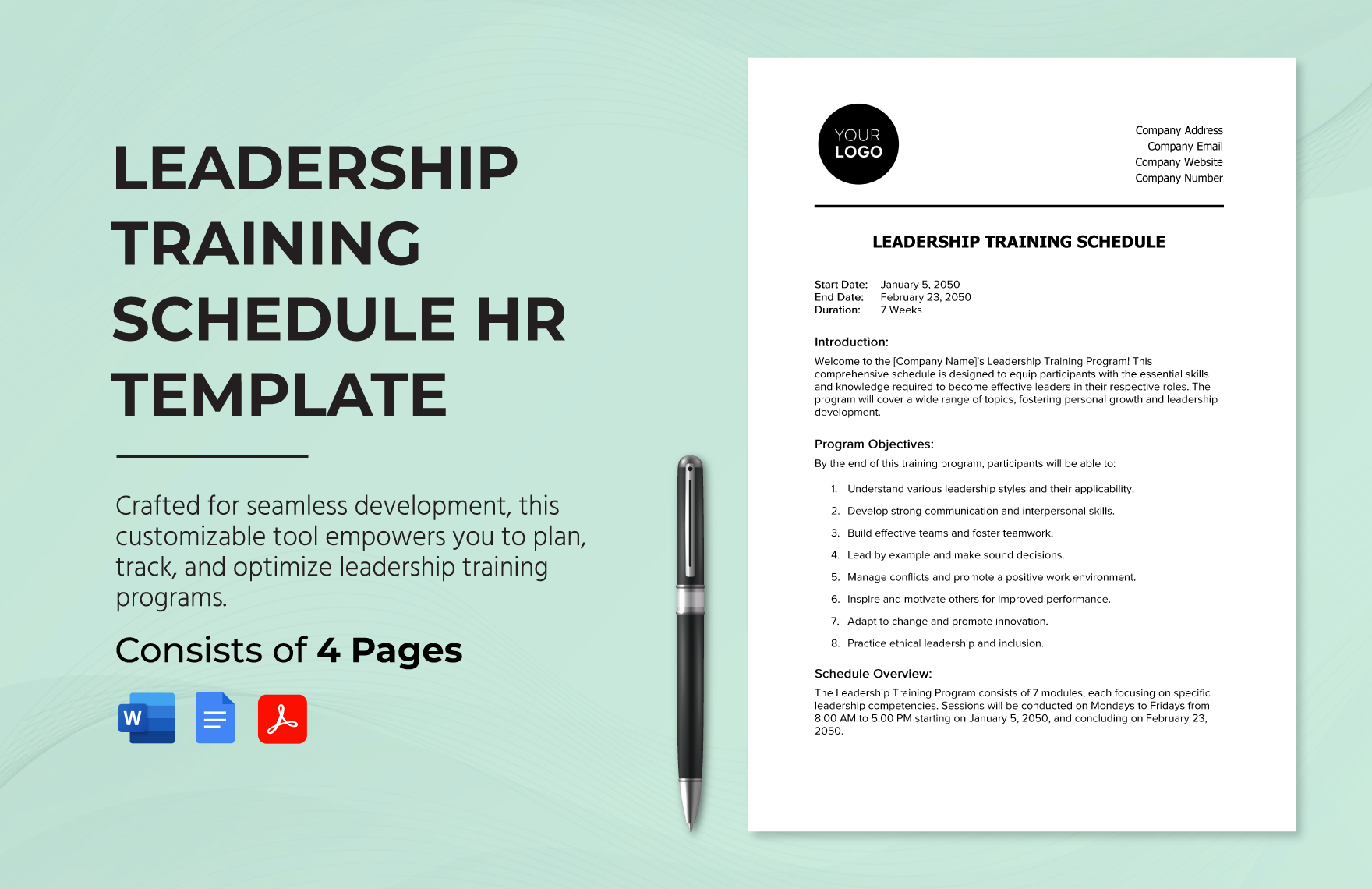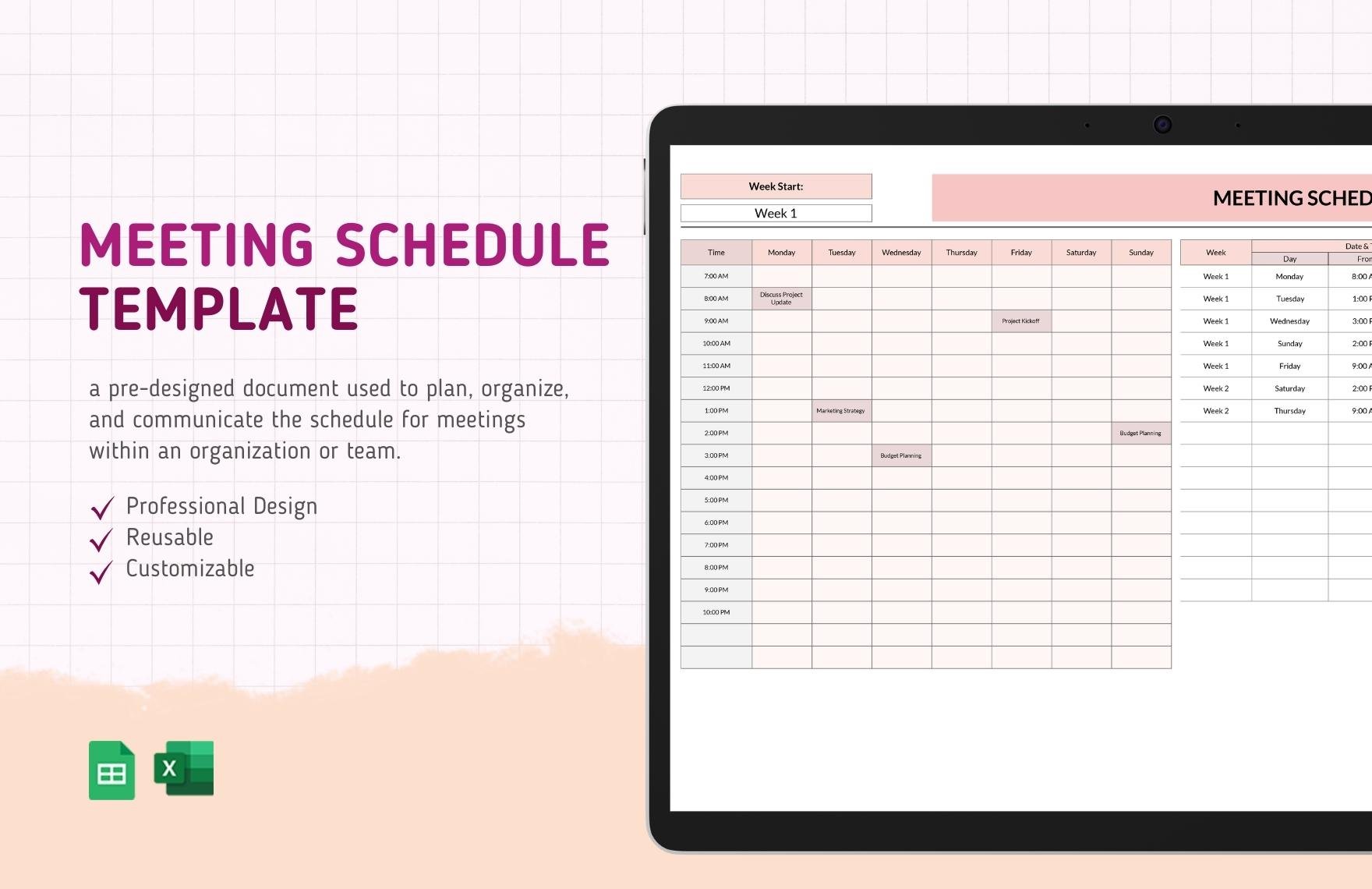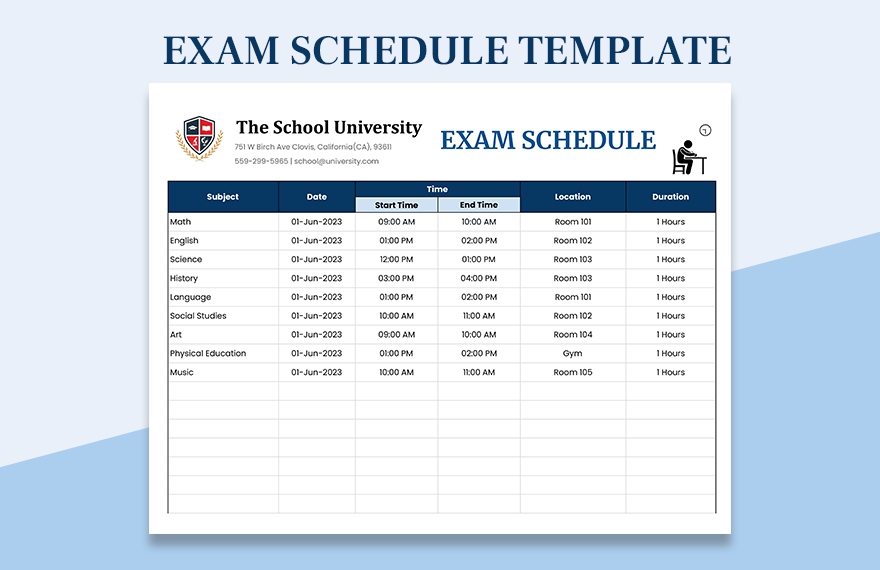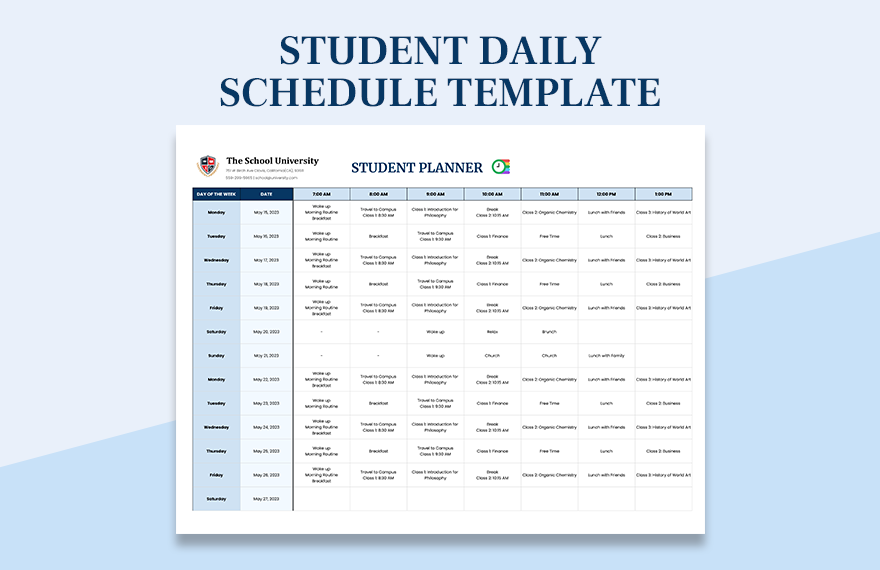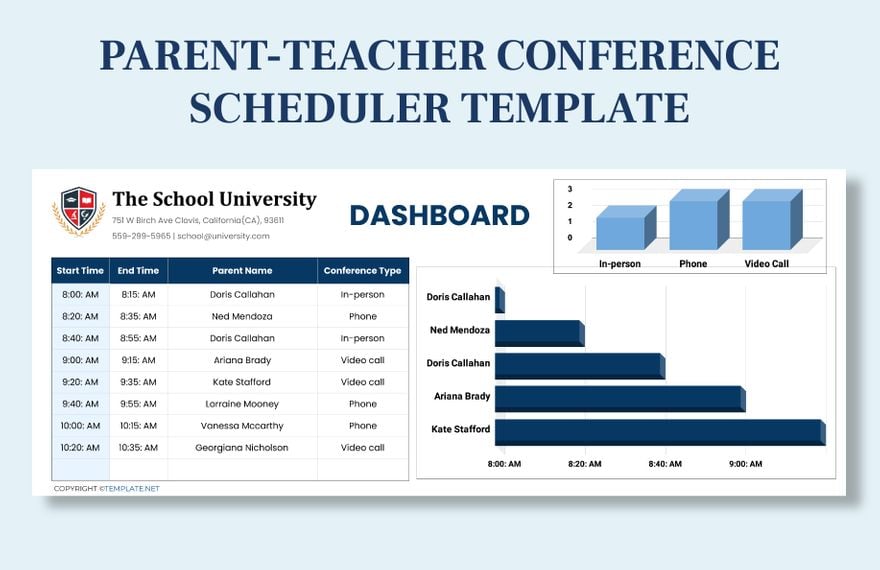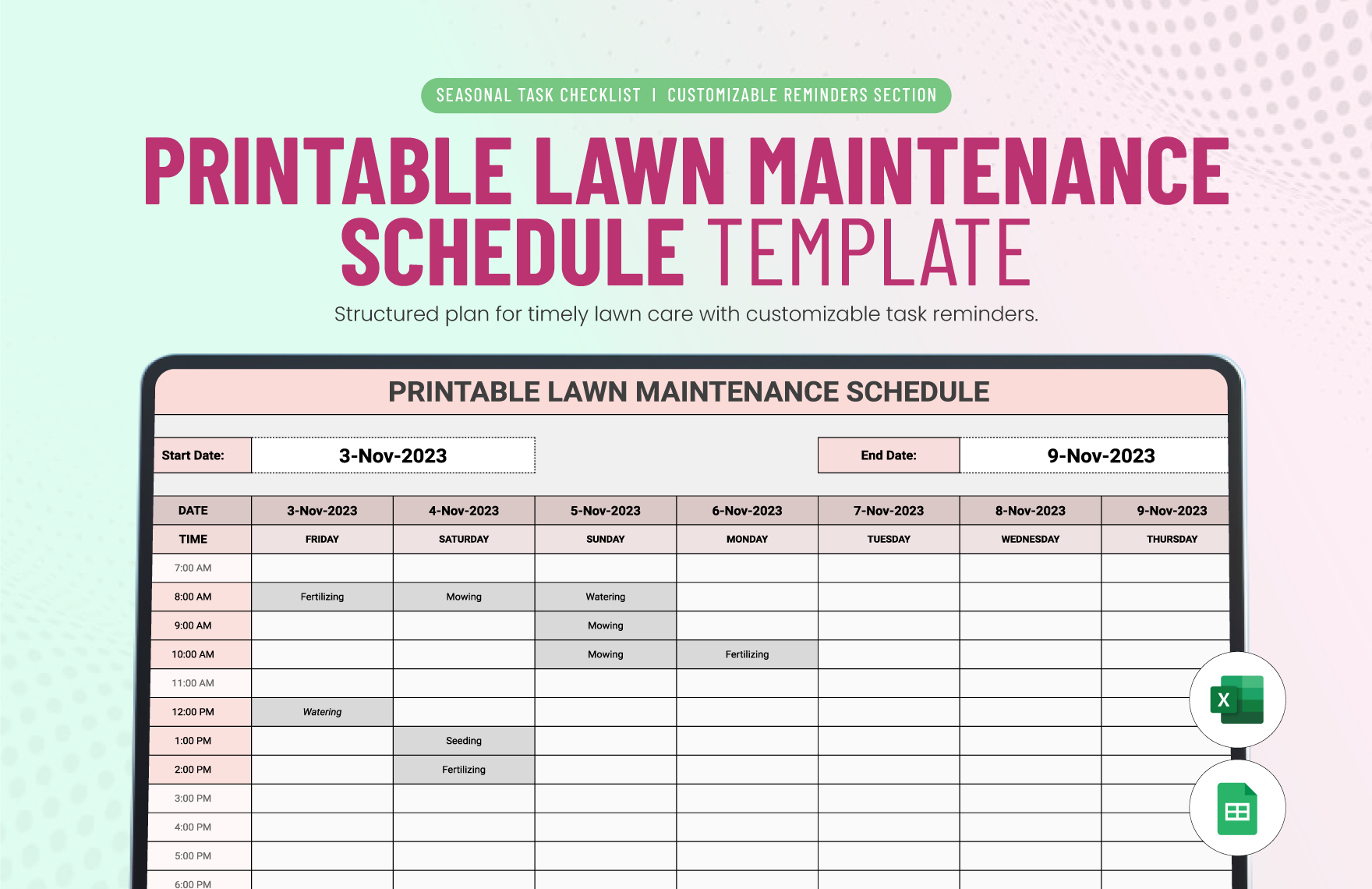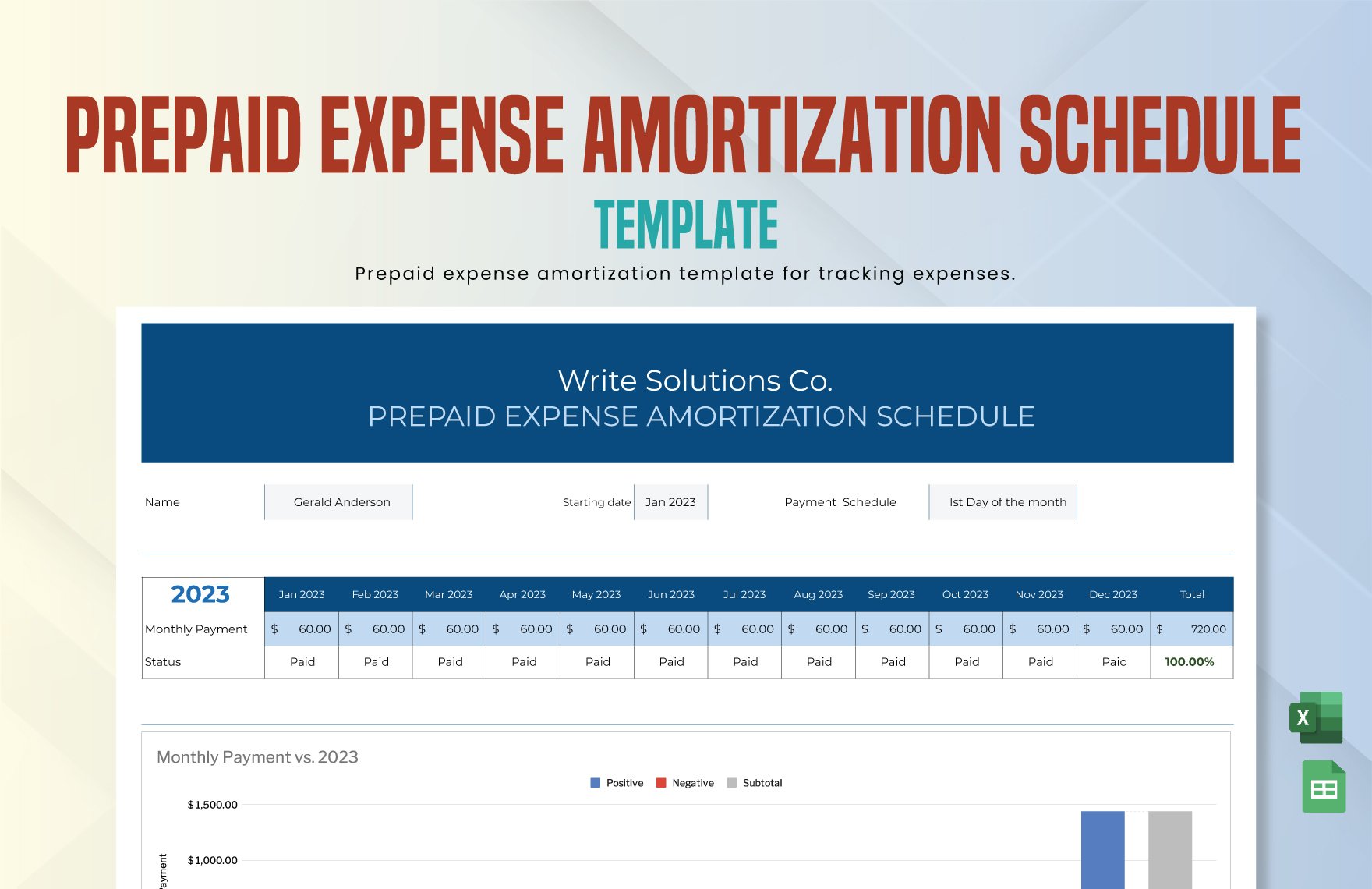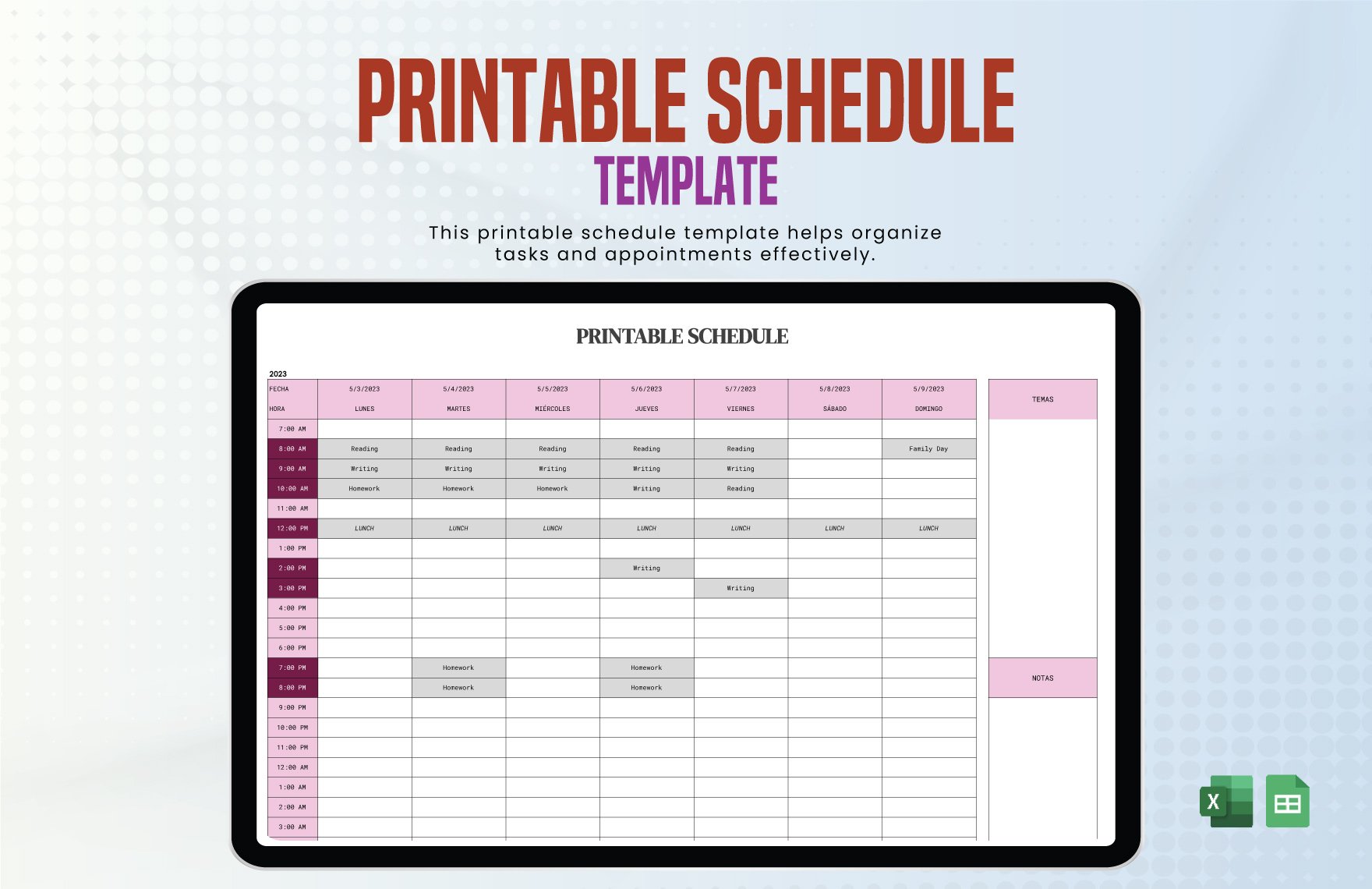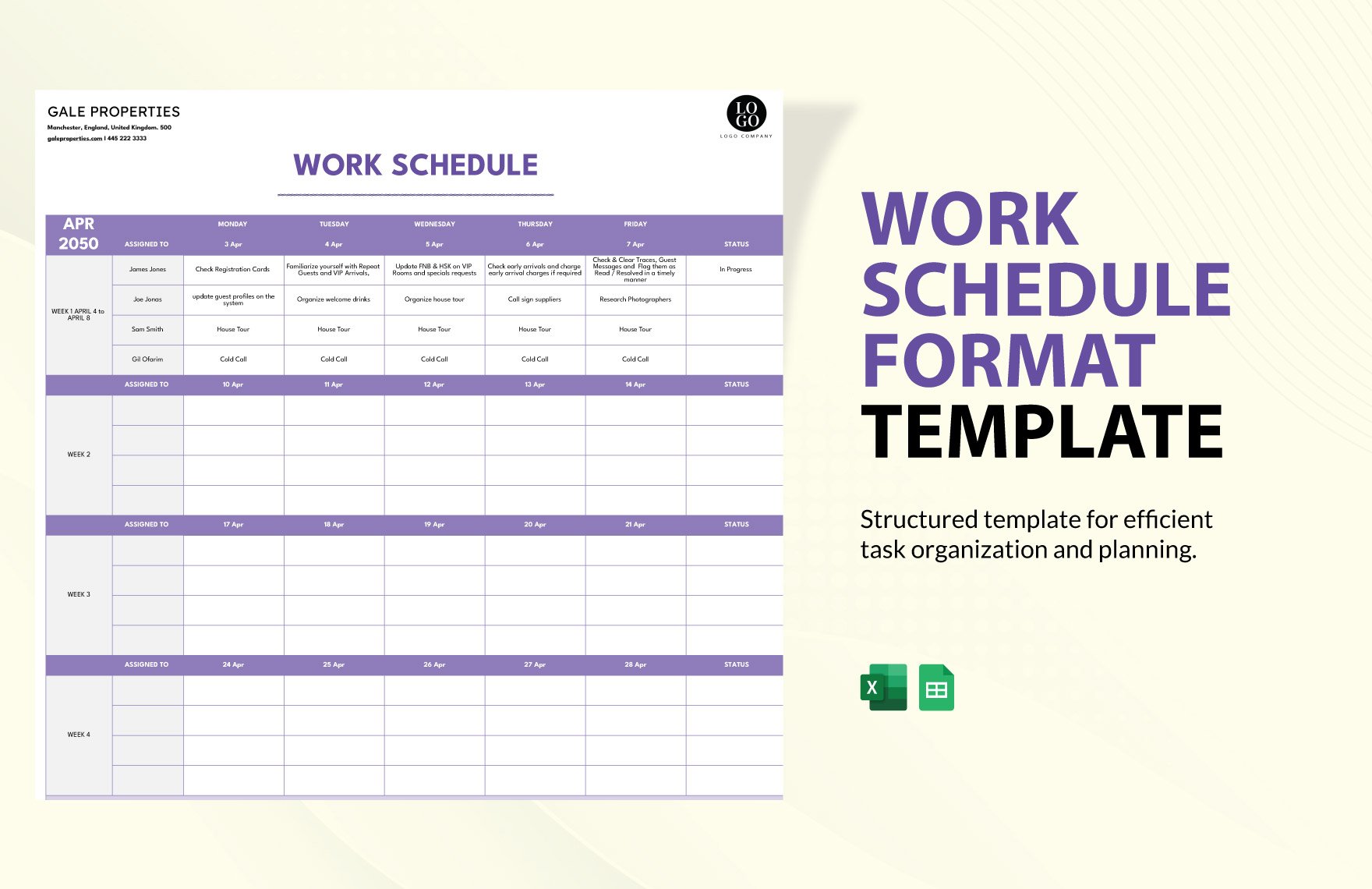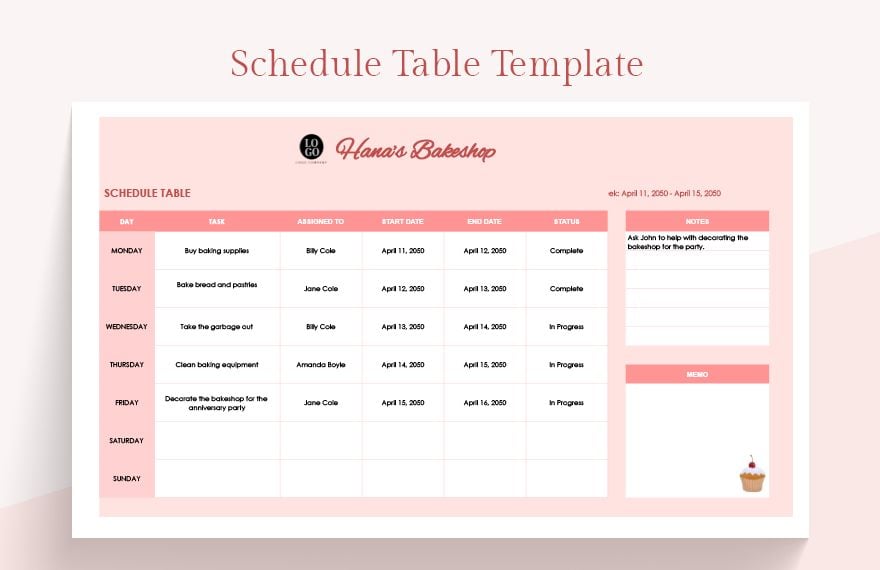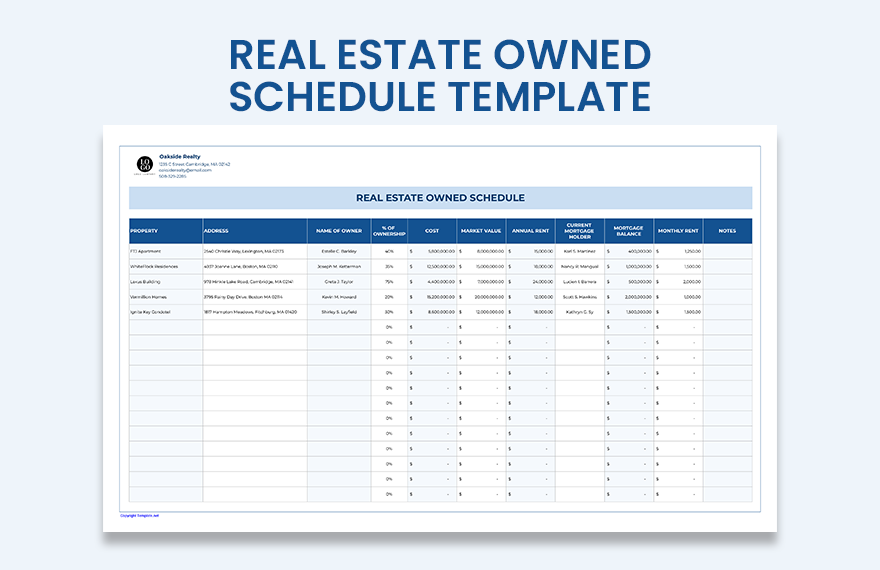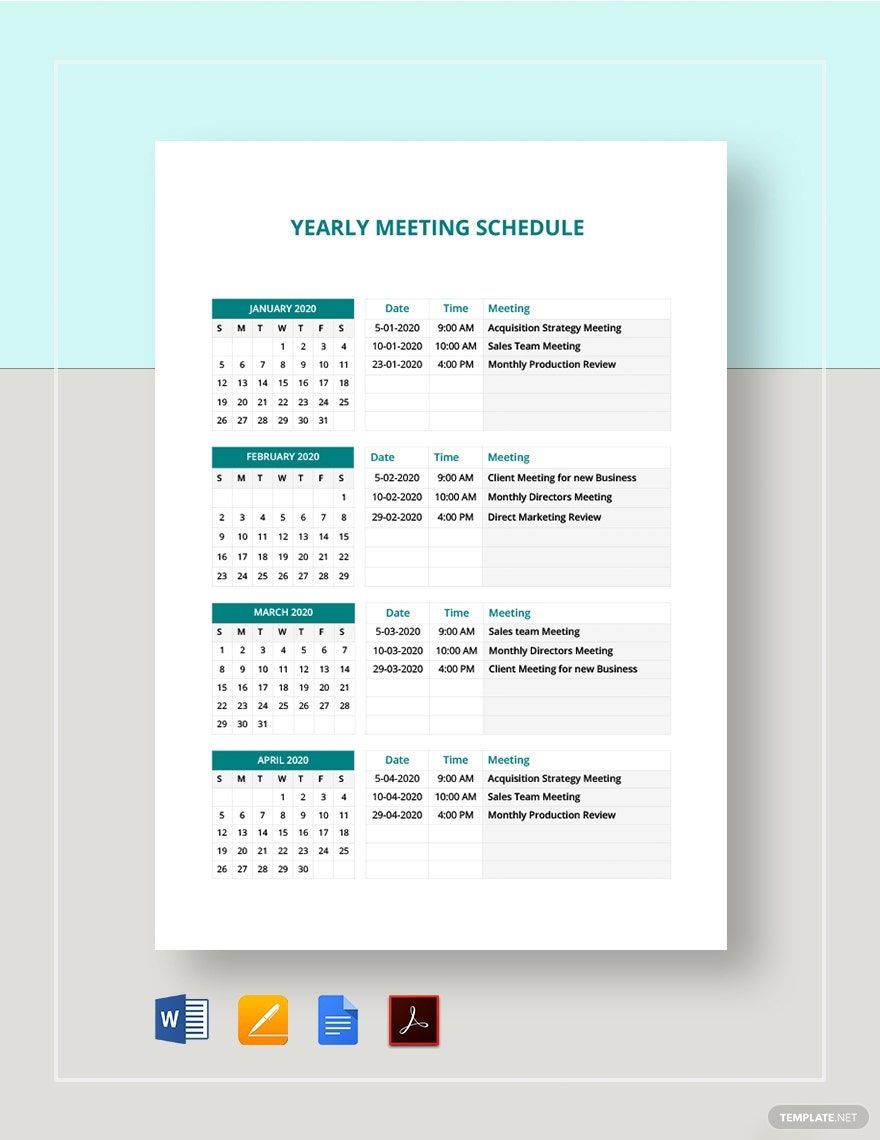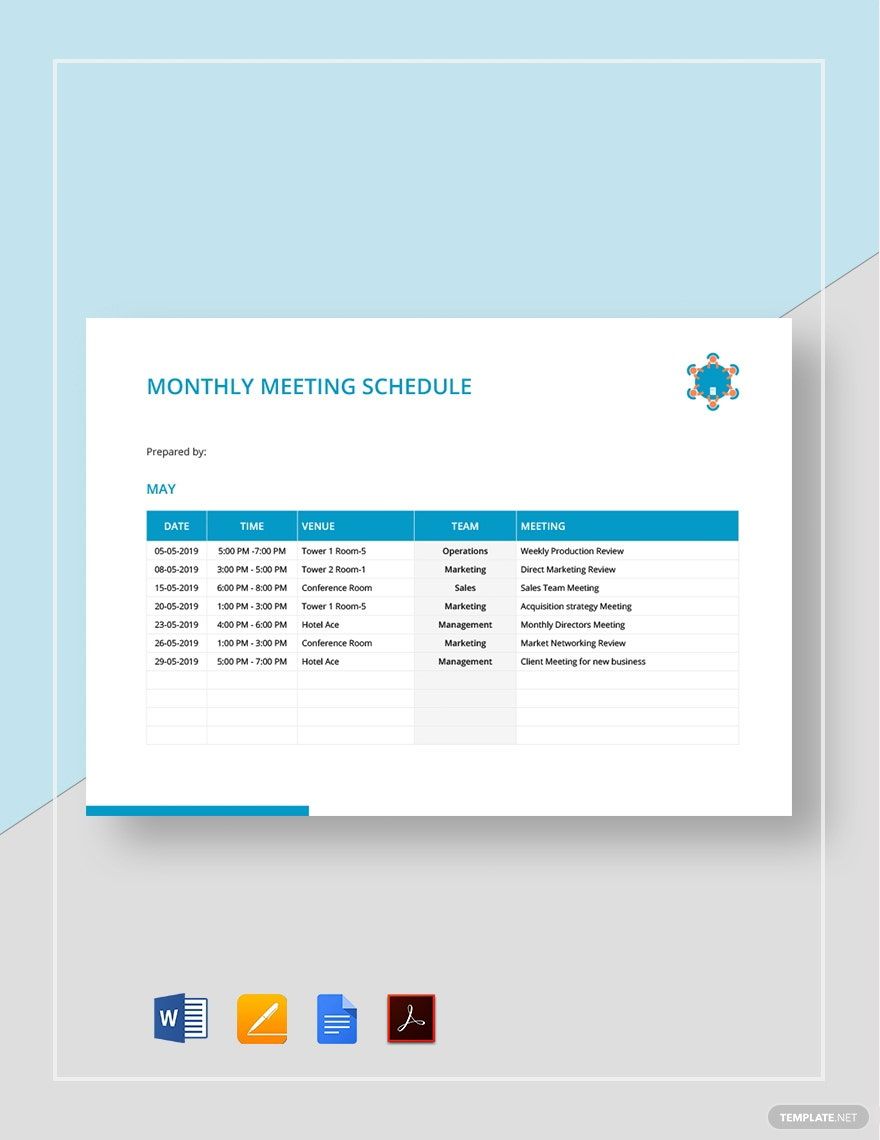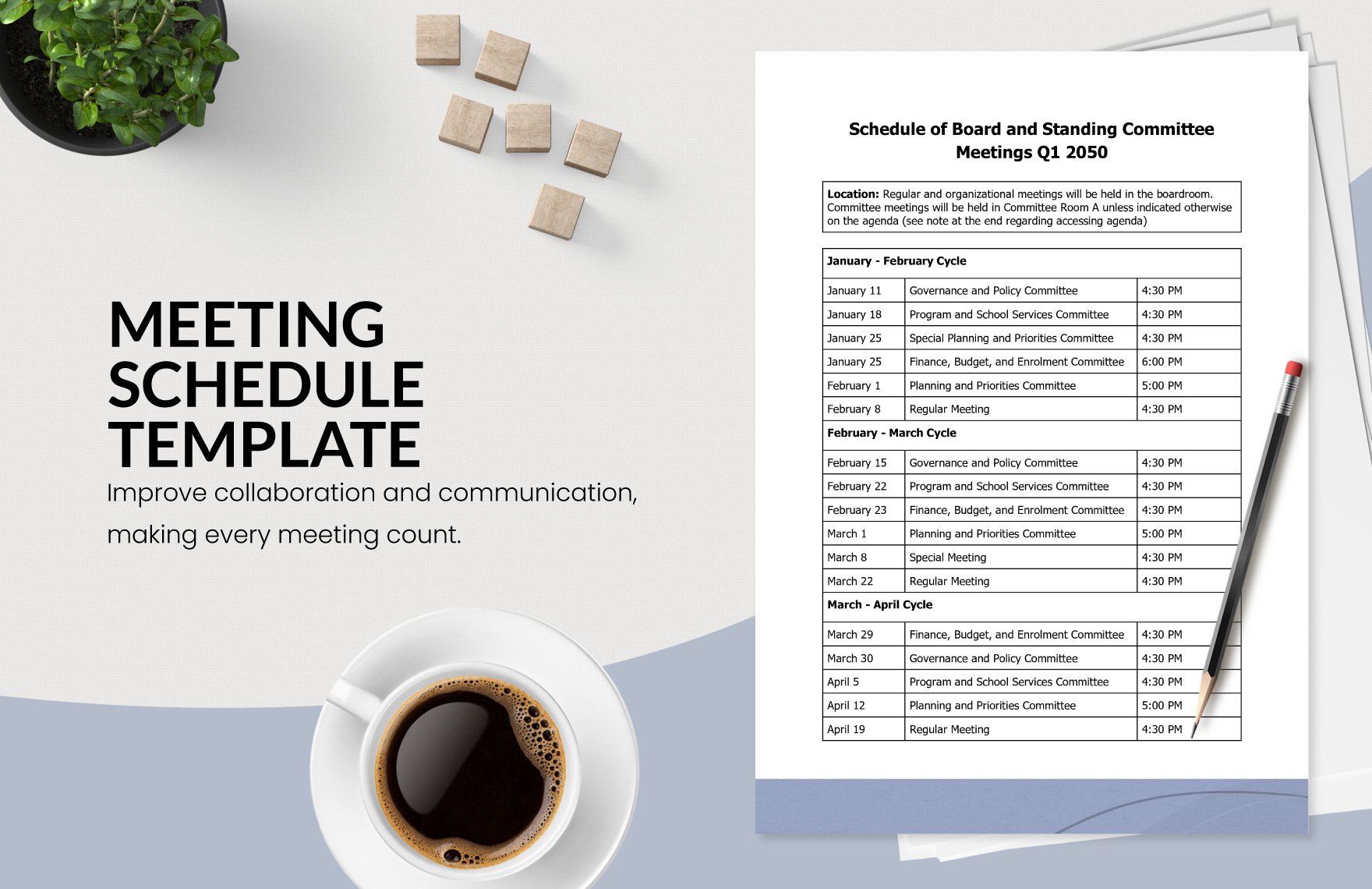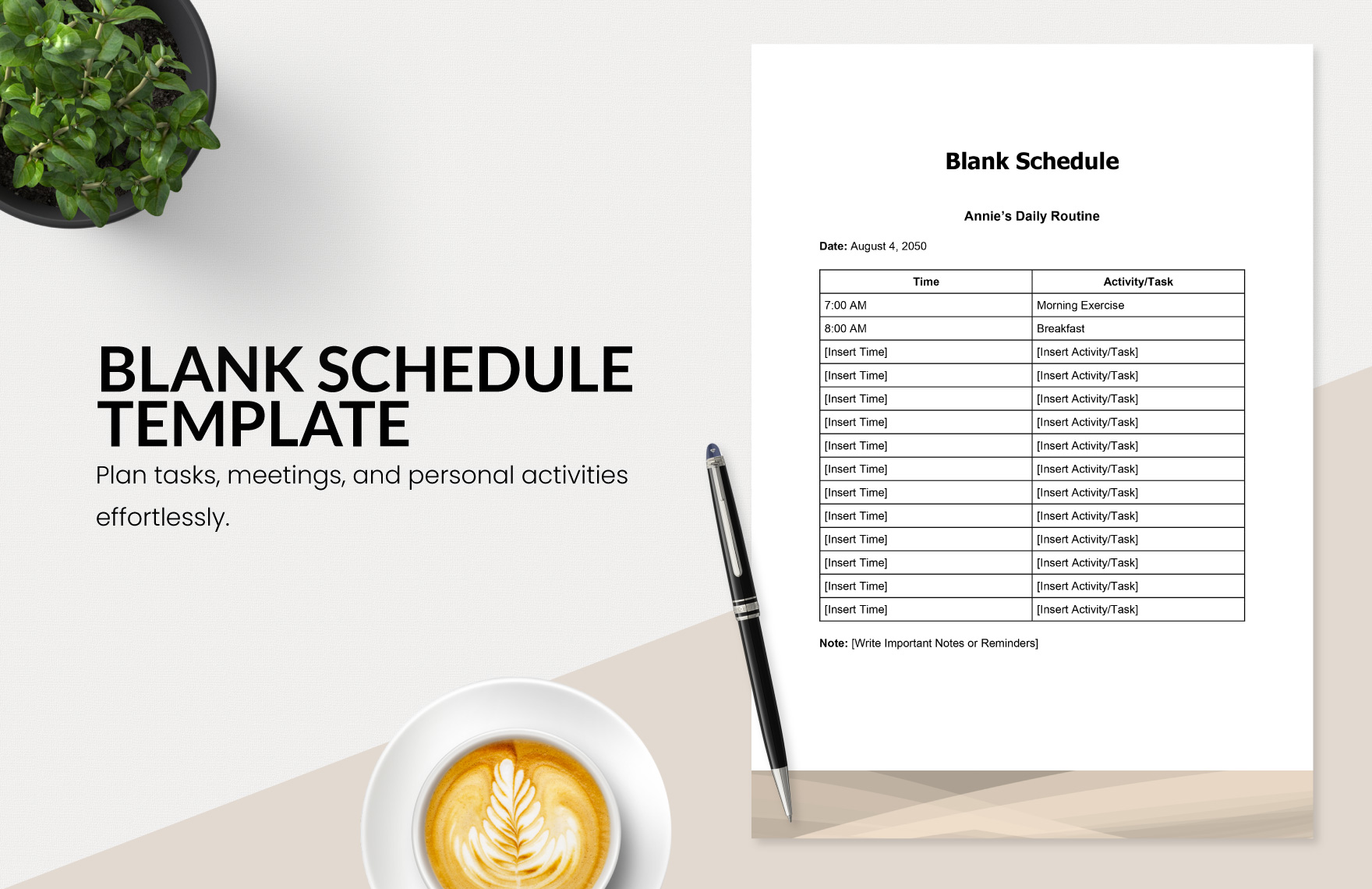Packed schedules? Are there a lot of upcoming meetings that you need to attend? Are you having troubles in arranging your scheduled meetings? You have come to the right website since we have the answer to your problem. We prepared professionally written Meeting Schedule Templates for professionals like you! The templates are 100% customizable so all you need to do is to input your meeting schedules without worrying for the layout. You can edit the templates using the available formats that you want such as Google Docs, Google Sheets, MS Excel, MS Word, Numbers, and Apple Pages. Download our templates quickly to save time!
What Is a Meeting Schedule?
A meeting schedule is a list of upcoming meetings. Businessmen are the one who usually uses this since they have loads of upcoming meetings that they need to attend. This is useful for them so that they won't have a chance of missing important meetings. By listing all their meetings in a formal schedule layout, they will have a guide for their everyday agenda or project schedule. The meeting schedule can be daily, weekly, monthly, or yearly.
How to Create a Meeting Schedule
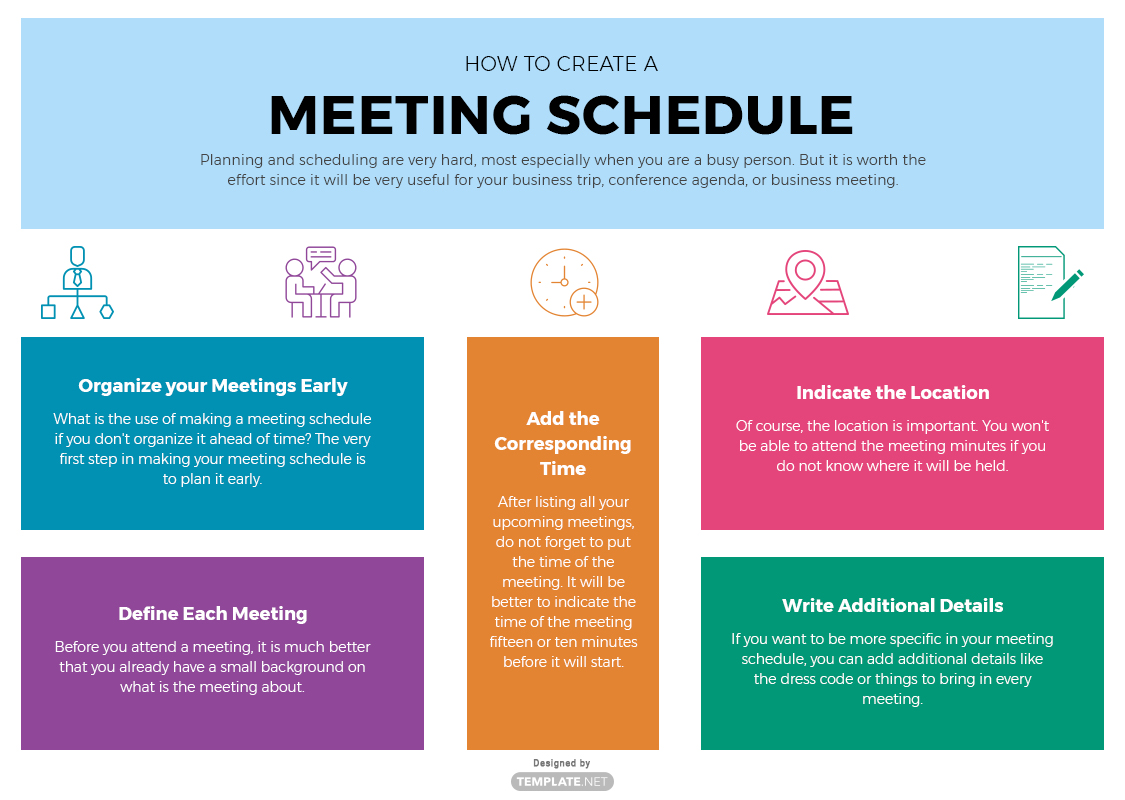
Planning and scheduling are very hard, most especially when you are a busy person. But it is worth the effort since it will be very useful for your business trip, conference agenda, or business meeting. Making a meeting schedule is just the same as making a daily planner. The following steps below will be helpful in making your own meeting schedule.
1. Organize your Meetings Early
What is the use of making a meeting schedule if you don't organize it ahead of time? The very first step in making your meeting schedule is to plan it early. You need to plot your work schedule before your meetings will happen. To be able to organize your meeting schedule early, check your business emails for your upcoming scheduled meetings.
2. Define Each Meeting
Before you attend a meeting, it is much better that you already have a small background on what is the meeting about. In your meeting schedule, spare a column where the objectives of each meeting report will be written. This is to make you be prepared for what to do and what to expect in a particular meeting.
3. Add the Corresponding Time
After listing all your upcoming meetings, do not forget to put the time of the meeting. It will be better to indicate the time of the meeting fifteen or ten minutes before it will start. This technique will avoid you from being late to the meeting. Also, make sure that your time will be flexible so that it will be easy to adjust your sample schedule in case there will be a change of schedule of your meeting.
4. Indicate the Location
Of course, the location is important. You won't be able to attend the meeting minutes if you do not know where it will be held. Make sure that you have indicated the correct location of the place where the meeting will happen. To be more specific, you can also add in the location the routes or any means of transportation you need to take in order to arrive at that meeting.
5. Write Additional Details
If you want to be more specific in your meeting schedule, you can add additional details like the dress code or things to bring in every meeting. You can also add the name of the company or the persons you will be having a meeting with. It all depends on you on what specific details you will add, as long as they are helpful for you.
